The first night in Cabo was a blur. We arrived late in the afternoon, had a celebratory drink with the Brown Eyed Girl crew, and headed to dinner. More celebratory drinks, then a cab ride to San Jose del Cabo for more celebrating.
We stayed at Marina Puerto Los Cabos, a huge, modern facility a few miles outside San Jose del Cabo. The marina caters primarily to sportfishing boats and large yachts and was clearly a high-end facility. It’s adjacent to a mega-resort and has a large boatyard, but there’s not much to do nearby. Town is a cab ride away. The only stores within walking distance are mini-marts.
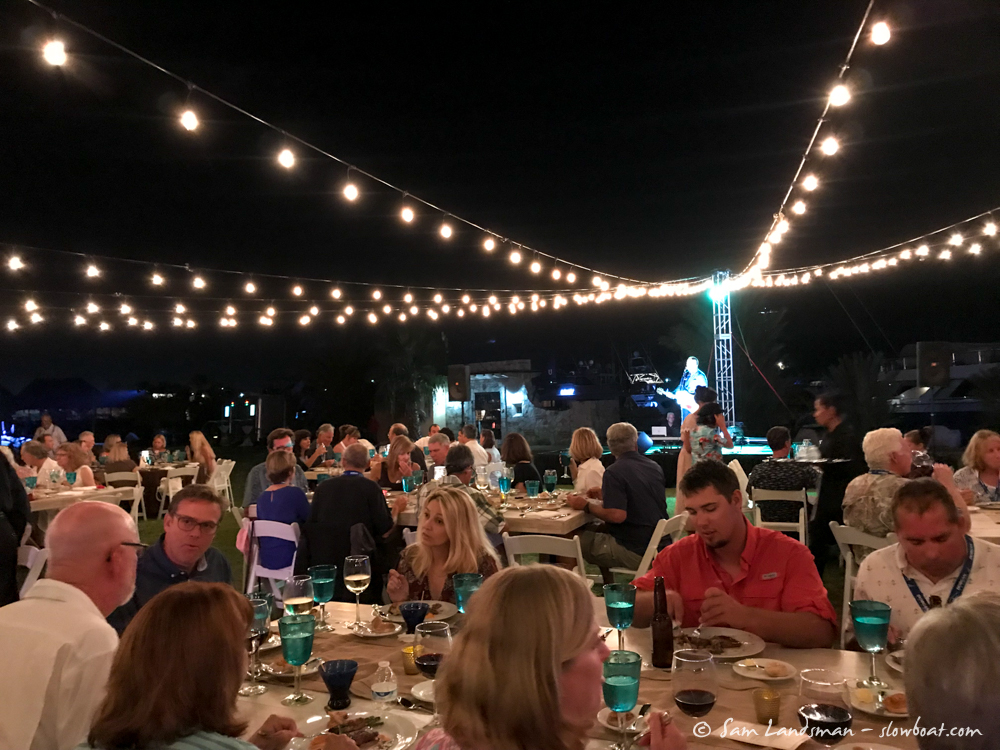
We had one lay day in Cabo. Despite intentions of catching up on a few boat projects and exploring town, I ended up hanging out, getting tours of a few boats, and napping. Unlike our three-day run from San Quintin to Mag Bay, the single overnight from Mag Bay to Cabo was exhausting. I’m sure the excitement and nervousness around towing Brown Eyed Girl played into this, but I’ve also heard single overnight runs are among the toughest since the body never has a chance to adapt to the abnormal sleep cycle.
The final CUBAR leg is from Cabo to La Paz. Most of the boats break this up into two days. They run 75nm the first day to an anchorage called Muertos Cove, then another 52nm to La Paz the following day. This works well for 8 knot boats, but not so well for 6.5 knot boats like us. If we left at daybreak we’d get into Muertos at sunset. Then we’d leave the next morning for La Paz. Since we wouldn’t actually see anything at Muertos, we decided instead to do one final overnight: 20 hours to La Paz.
The other Nordhavn 40 in the group came up with the same plan. wWe both figured that leaving Cabo at about 11:00 a.m. would put us into La Paz a little after sunrise the following day.
The forecast called for 20-25 knot northerly winds and 4-6 foot, closely spaced head seas. Not ideal, but a good opportunity to see how the boat performs in very different conditions than we’ve had the rest of the trip (all following seas).
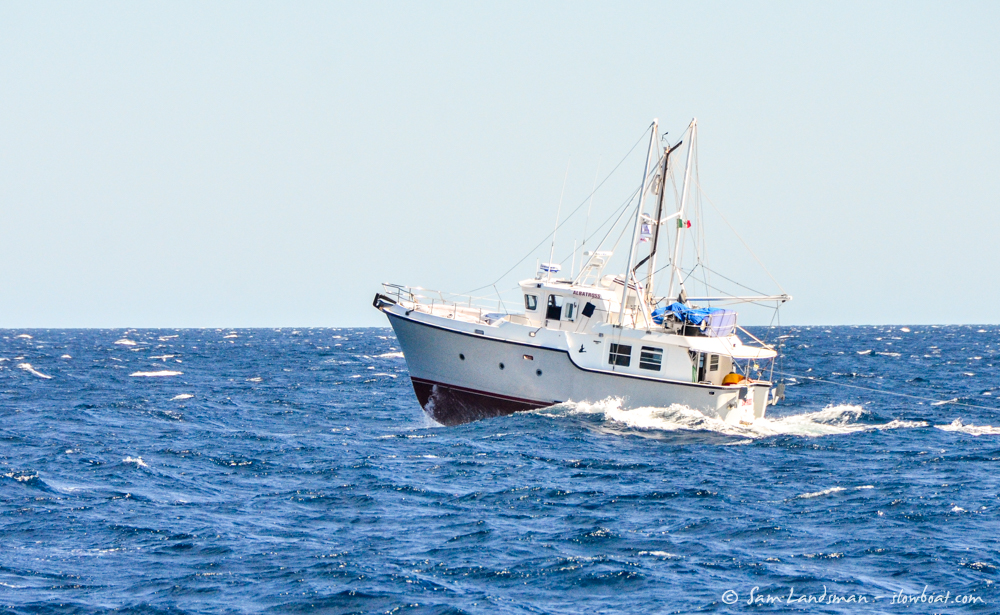
Conditions were just as predicted. The boat pitched significantly but the deck stayed (mostly) dry. Even with the stabilizers switched off roll was minimal. The master stateroom on the 40 is in the bow, and we quickly deemed it the “levitation chamber.” The bunk room, though, was just fine for sleeping. The biggest problem turned out to be the air conditioning sucking air instead of water, causing it to shut down and the bunk room to be rather hot.
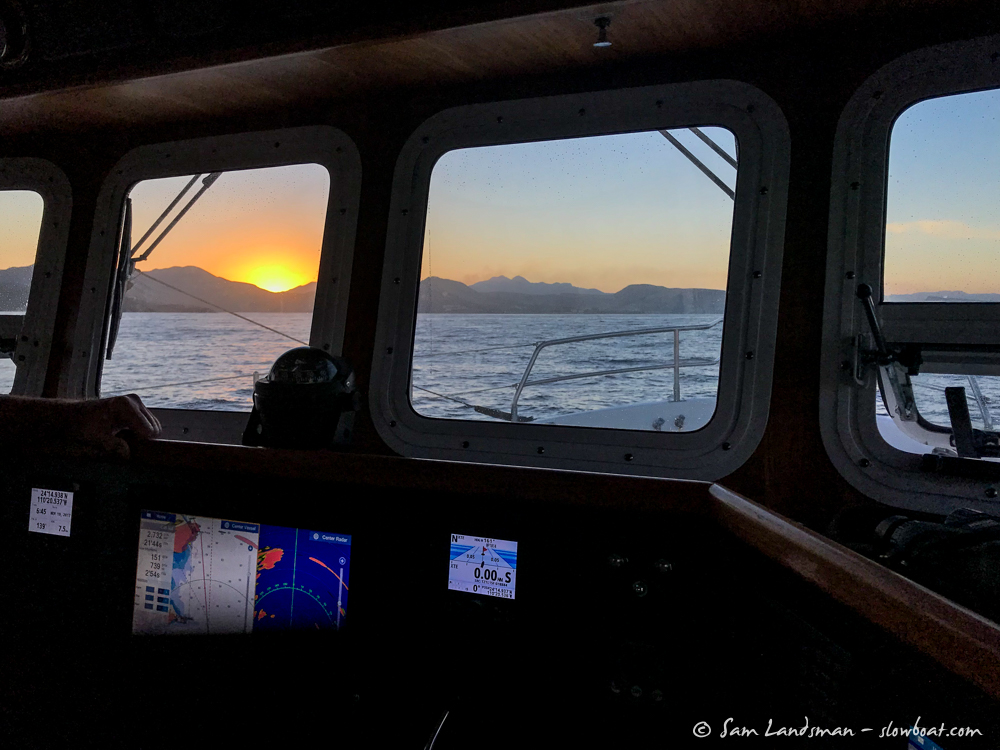
Aside from the bumpy ride, the last leg of CUBAR was uneventful. We pulled into Marina de La Paz just after sunrise, tired but energized by safely completing the trip from San Diego.
Marina de La Paz is the opposite of Puerto Los Cabos. It’s much smaller, older, and caters mostly to relatively small cruising boats. We went from being one of the smallest boats in Los Cabos, to one of the bigger, fancier boats in La Paz. Marina de La Paz is also right in town, with everything within walking distance. I spent quite a bit of time walking around and two things stuck out: the Baja 1000 vehicles and the serious police presence.

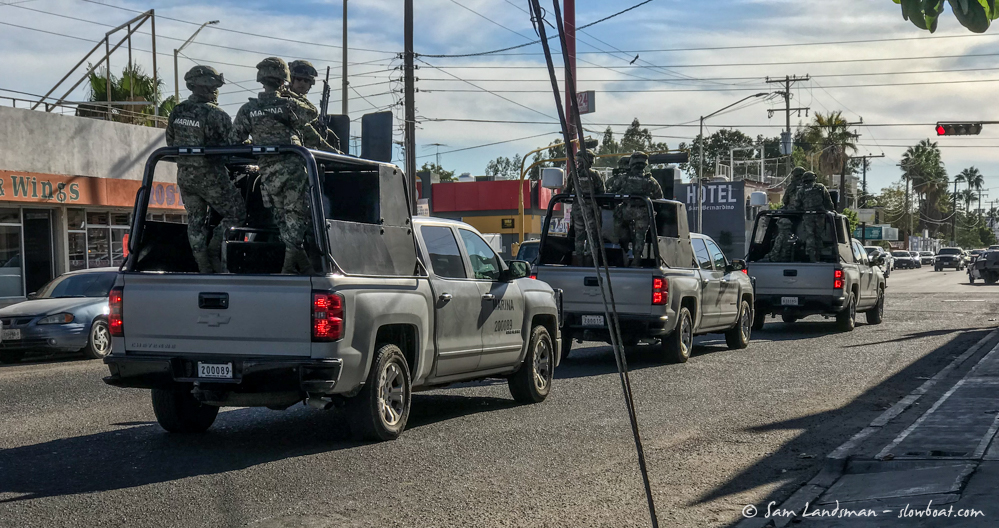
Our route, 120nm:
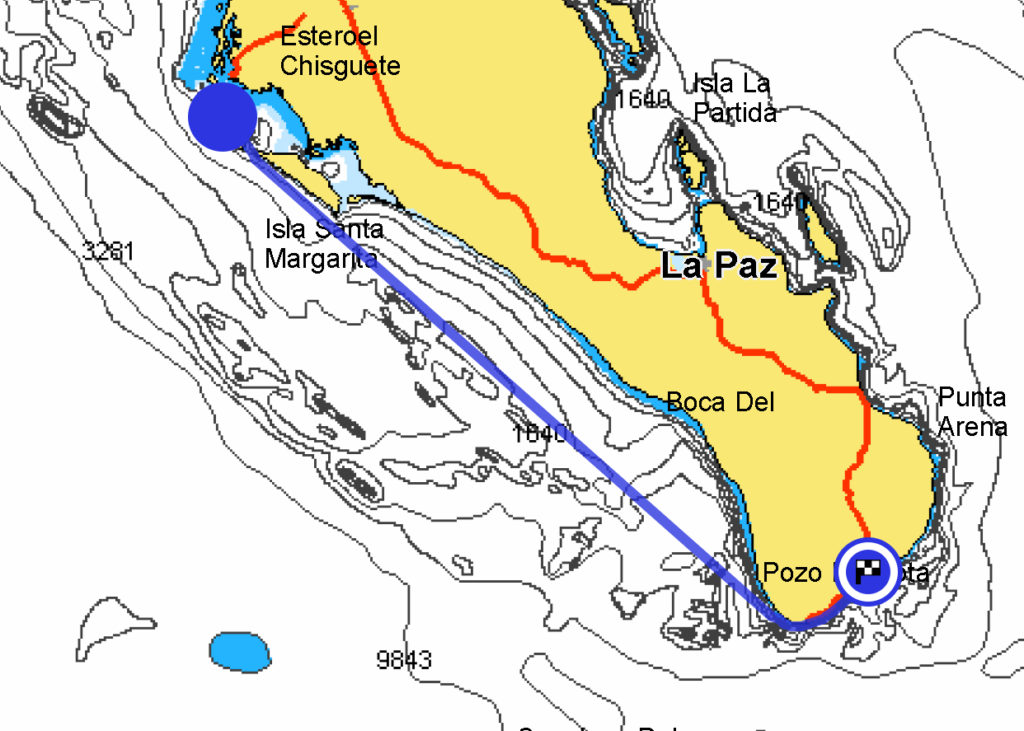
A few thoughts about the trip…
It felt like a delivery. Apparently there’s not much to see along the west coast of Baja, but I would have liked to find out first hand. The cruising guides indicate lots of small anchorages that are workable in settled weather. More daylight runs with time to explore villages and ports would have been nice, especially if the trip was in December when the whales show up in places like San Ignacio.
Baja is remote. Alaska and BC are remote, too, but Baja felt more remote. Maybe it’s my unfamiliarity with the area, the lack of seaplanes buzzing around (and able to deliver parts if necessary), the language barrier, the lack of marinas and secure anchorages. Probably a combination of all the above…
I liked the Nordhavn 40. It felt much bigger than my Nordic Tug 37, both at sea and in terms of interior accommodations. The systems are generally well thought out and it feels solidly built. Nordhavn provided an incredibly useful owners manual (see pictures below)! The machinery spaces are reasonably spacious. The Portuguese Bridge is awesome.
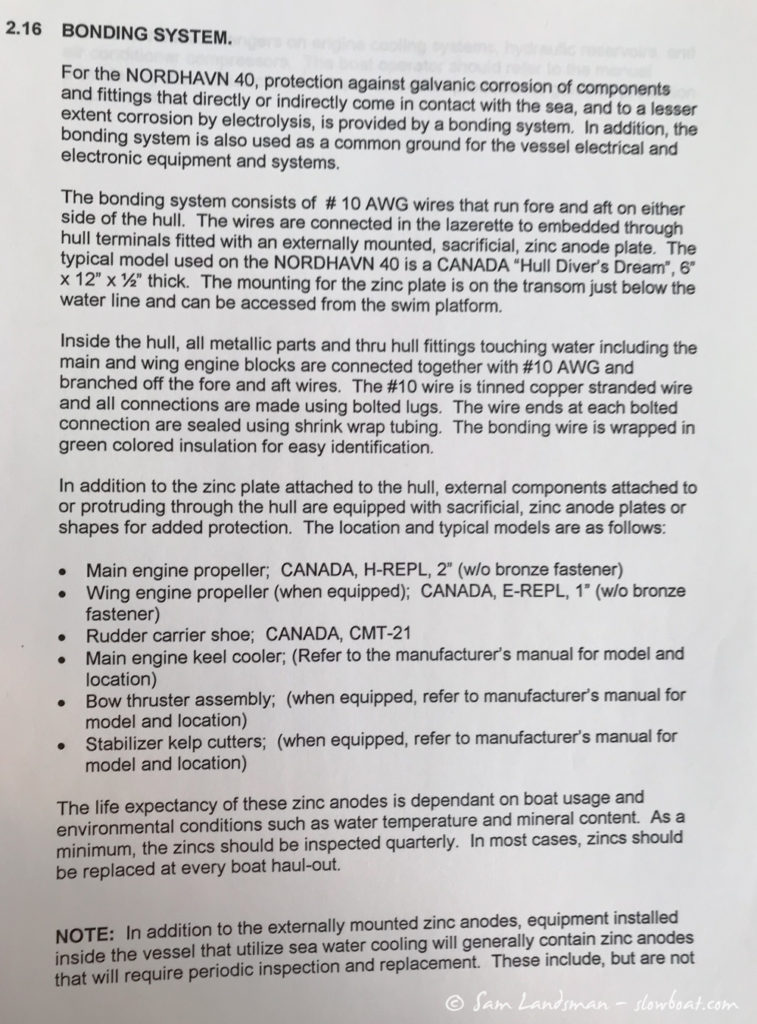
The biggest things I missed compared to my boat: near-instant dinghy launching (although I wouldn’t want a stern davit on an ocean-going boat), self-parking windshield wipers, and speed.
Stabilizers are amazing. I won’t own another boat without them. They’re expensive but totally game changing.
Group travel is great! It eases the transition to a new cruising area, introduces you to new people, and provides a wonderful support network if there’s a problem.
Overnight passages are magical. Especially when they’re calm, the stars are bright, and everything’s working!
I’ll be back to Mexico. And I’ll have more time to explore.
